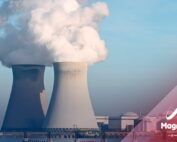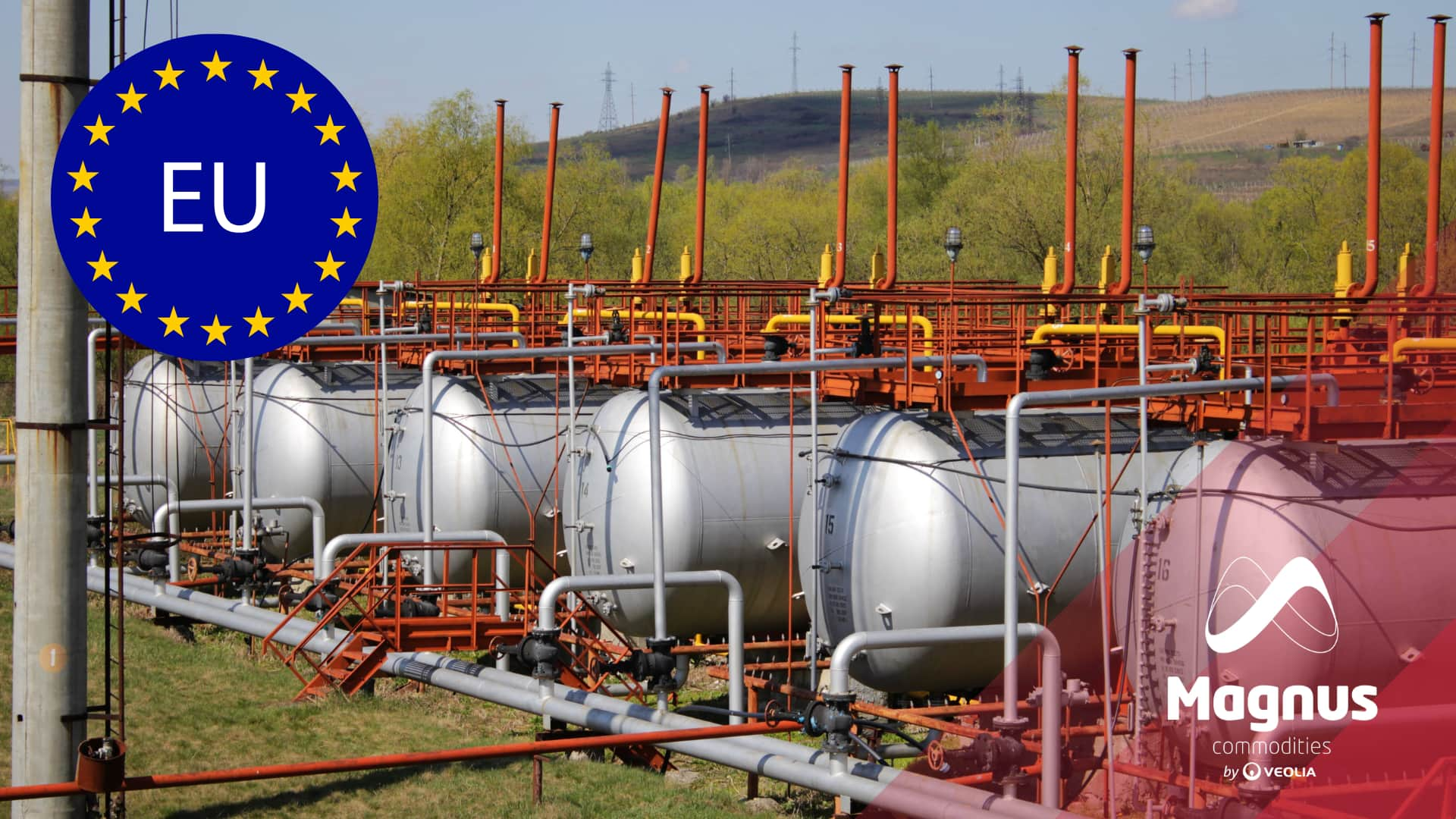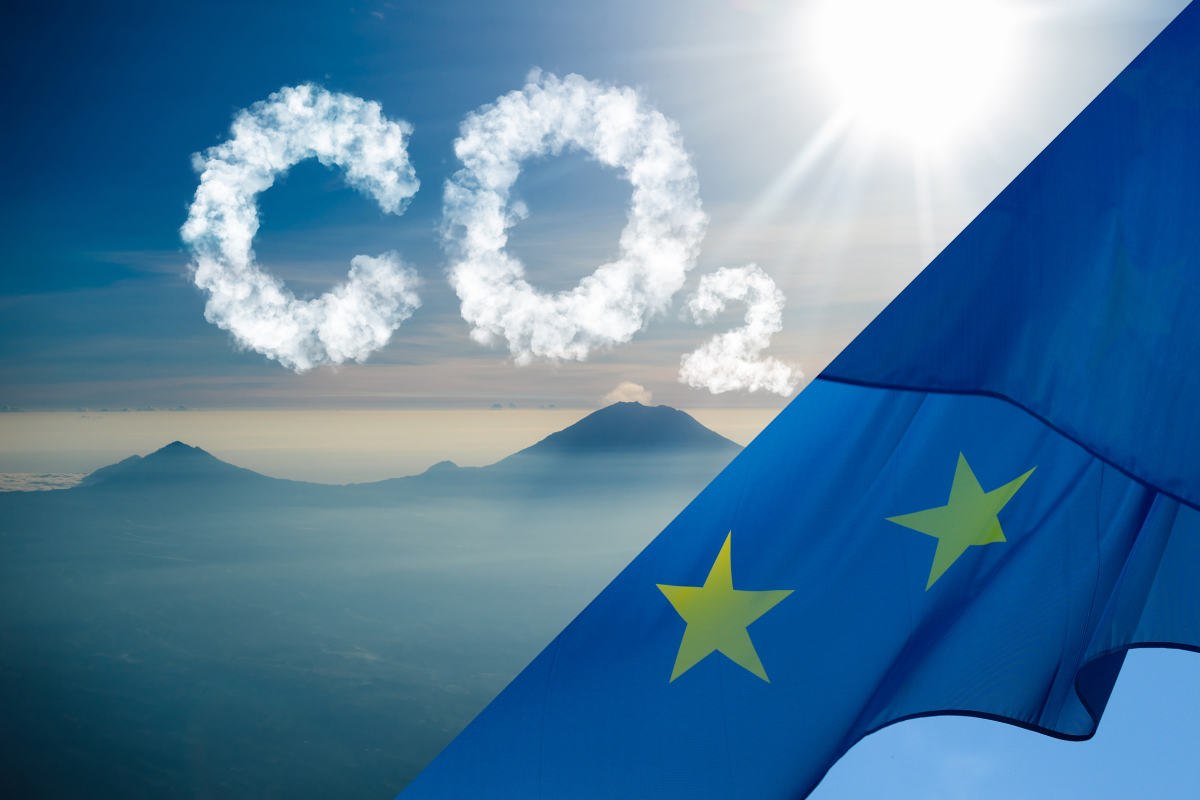
Day after day we are seeing how the interest in new energy storage solutions is increasing. The main driver is the current revolution in battery technology, such as those of world famous company Tesla, which prolongs its duration and reduces its cost. They are making electric vehicles more attractive.
The continuous drop in battery costs is providing a new path. Bill Gates recently commented in the magazine “The Atlantic” that “we need an energy miracle“. He said that if the current trajectory is maintained, large scale energy storage in a decade will become an economically viable solution.

Figure 1: Changes in batteries cost for electric vehicles from 2005. Source: Nature Climate Change.
Besides the automotive sector, another area where these solutions are also gaining ground is self-consumption. Improved battery technology could represent an important change in solar and wind energy efficiency for many users.
It’s important to say that the term “electrical storage system” covers a multitude of technologies, not only batteries. They represent all systems that convert electricity into another form of energy (potential, thermal, chemical or magnetic) and then reverse the process to release electricity. According to EASE (European Association for Storage of Energy), energy storage can be divided into 5 types:

Now, 99% of world’s energy storage capacity is covered by hydroelectric pumping. The leader in this field is Japan, as it’s shown in Figure 2. Although it’s a very flexible system, it has as main disadvantages a limited efficiency (about 70-80%) and obvious geographical restrictions, as it requires topographic elevation and surface. On the other hand, in transport sector and in remote areas, the dominant technology is lead-acid batteries. These batteries are inexpensive, but its duration is very short, which makes them totally inefficient. Spain, on the other hand, is the worldwide leader in CSP, if hydro pump is excluded from the study (see Figure 3).

Figure 2: Energy storage capacity of the first 10 countries, including hydroelectric pumping. Source: DOE Global Energy Storage Database

Figure 3: Energy storage capacity of the first 10 countries, excluding hydroelectric pumping. Source: DOE Global Energy Storage Database
Recently technological advances have been developed in this area, which are leading to so-called “Advanced Battery Storage Systems” which includes the Lithium-Ion batteries. This new generation of batteries that extends operation life, are also proving to be cheaper, thanks to increased demand and increased manufacturing capacity.
These recent technology advances of electric storage solutions lead us to consider the question: what impact could represent the use of energy storage on a large scale in the electrical system, as we currently know it?
In addition to the impact that these advanced batteries are causing in automotive sector, it’s also expected that they gradually will be incorporated into the electrical system. However, further research and development of these systems is still needed to increase their cost-competitiveness against non-storage options in the electrical system. The main fields of action in the electrical system would be:
· Isolated areas: They represent a direct market for these technologies, to meet demand on islands or remote areas, which would allow the expansion of rural electrification through renewable energy deployment, as well as to improve supply reliability. It is especially an interesting solution for those regions which are currently supplied by generators that burns fuel, with consequent high exposure to fluctuations in oil prices.
· Self-consumption: Advanced batteries can allow better feasibility of distributed generation, reducing costs and ensuring the use of self-generated energy in low production hours. This point is very important when you consider that, as in the case of Spain, the legislation provides no remuneration to give energy to the grid to self-consumers, but allows the use of batteries explicitly (although this does not exempt the toll payment, but this is another issue).
· Renewables integration in the system: The ability to store energy at generation point to be used later open a new horizon for the future of renewables. Today, technologies such as solar are limited to its participation in peak hours, and along with the wind, they are totally subject to weather. Therefore, advanced batteries allow transforming renewable energy into manageable. This is the most important impact that this technology could have on the electricity sector, and it will break with the current logic in wholesale market and operation costs.
· Storage in transmission and distribution grids: Batteries can act as a “cushion” in the balance of the system, making transmission and distribution process more robust, ensuring power security, especially in the presence of renewable systems.

Figure 4: Potential Locations and Electricity generation application for the Energy System. Source: IRENA (International Renewable Energy Agency).
The electrical system has been based since its beginnings in the management and coordination between centralized power generation and fluctuating consumer needs in real time. Advanced battery storage systems can change this whole paradigm. Although in some cases this revolution can be constrained by lack of specific policies with a clear direction, the model is being strongly supported by increased globally share of renewables in the generation. Moreover, it’s also supported by increased investment in R & D of battery manufacturers to seek new markets, an increased interest in electric vehicle and an expected increase in electricity demand of 1.6 billion people, with no access now.
Today, electricity storage costs in Li-Ion batteries (including maintenance, installation, etc.) may be between 110€/MWh and 330€/MWh. It’s easy to understand why now they are not competitive enough. However, the fall in costs is currently exponential, so sooner or later, if the costs are reduced enough, they could lead to a new energy revolution.
Susana Gómez | Energy Consultant
If you found it interesting, please share it!
Recent Articles



































